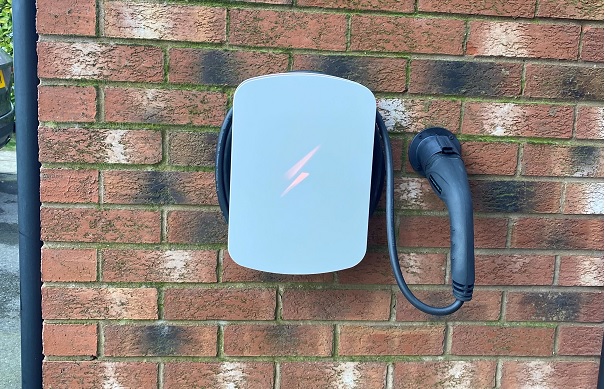Electric vehicles (EVs) are becoming increasingly common on UK roads and likewise, the charging infrastructure is more commonplace and a regular feature in homes, businesses, motorway services, car parks, public spaces and public streets. While it is common to have EV chargers installed in homes, these are typically slow chargers for economic charging of vehicles while they are parked on a driveway overnight. In comparison, public chargers are more commonly known as rapid chargers and carry a higher current so people can charge their EVs faster and more conveniently, perhaps while they are shopping or at the gym.
Of course the safe use of any electrical equipment is paramount and the basis behind any electrical installation whether it is at home or at work, but with public EV chargers it is particularly important because the current used is higher and the chargers are available for anyone to use, regardless of age or experience. This is why the safety testing of Electric Vehicle Supply Equipment (EVSE) is so important.
Safety testing of EVSE
EVSE comprises of not just the main charging unit, but also the associated cables and connectors. With EV charging becoming increasingly common, EVSE requires vigorous testing to confirm the safety and performance of the installation and BS 7671 outlines the common testing requirements for standard installation of EVSE. This comprises of continuity testing, RCD and earth loop impedance, power quality and insulation resistance.
Understanding insulation and resistance
An insulating material is a material that doesn’t conduct electrical current. In electrical terms it is used around wires and other conductors in order that these items can be safely handled without the user experiencing an electric shock. So with EVSE, the charging cable carrying the high current is wrapped in an insulating material so that the user can charge the vehicle safely. No insulating material is 100% reliable, however, and it is possible for some current to travel through an insulating material, this is called current leakage and can occur when the insulating material becomes old or damaged.
Resistance is a measure of how electrical current is opposed in a circuit and doesn’t get to its intended destination. So we can measure resistance (in ohms) to quantify how much current flow is being prevented. Insulation resistance, therefore, is a test of how effective the insulating material is, ie. how much resistance is in the material and how effective it is in preventing current leakage. So with an insulation resistance test of an electrical charging cable, we would want the result to be as high as possible to denote that the insulating material is effective and is safe to use and handle.
When would we carry out an insulation test of an EV charger?
Using one of many specialist EV charger testing and commissioning instruments supplied by Test Instrument Solutions, you would always carry out an insulation test of an EV charger upon installation and as part of the commissioning process. This is to confirm the safe installation and performance of the EVSE, but this also provides a starting reference point for the insulating material which can be used as a comparison figure for all future testing.
After this you should carry out an insulation resistance test as part of scheduled routine maintenance and also as part of any troubleshooting exercise. The insulation resistance test is a good indicator which can help to determine the root cause of any safety or performance issue with an EV charger.
Please note that this section is for information purposes only. Anyone using equipment referred to in this section must be suitably qualified and/or experienced within the respective field. If in doubt before use, please consult a qualified electrician or engineer & thoroughly read all instruction booklets.